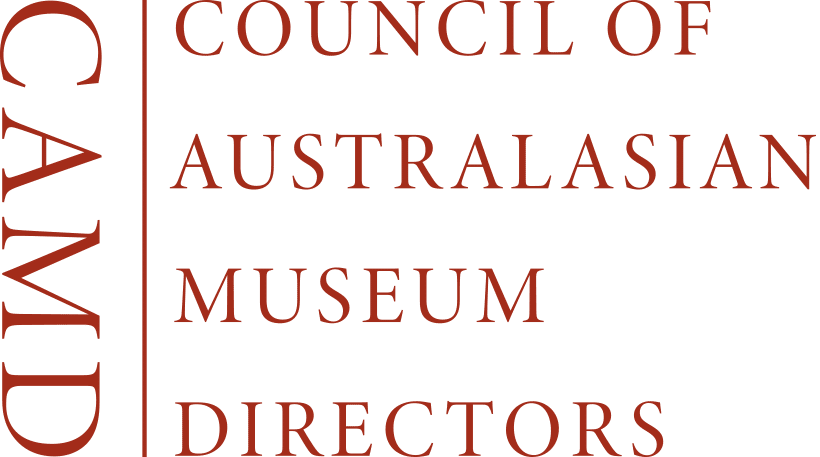Fran Wilde, Wellington’s Te Papa is a true house of treasures for NZ, The Post, 21 January 2025
Dame Fran Wilde is chair of the Te Papa board and a former mayor of Wellington
OPINION: Our national museum Te Papa is the top tourist attraction in New Zealand, drawing 1.2 million visitors a year. But it is so much more than that, as I discovered in my just-completed 10 years on the board, five as chair.
My association with Te Papa is a long one. Success has many mothers, and as a young MP I was part of the “maternal” group, instigating the early planning in the Labour caucus as a result of fears that the Māori and Pacific collections would be left to rot after the Muldoon government built a new national art gallery. I also negotiated with the then Harbour Board to release a waterfront site.
A few decades later, in 2015 I was appointed to the board and have been privileged to see a mature Te Papa behind the scenes – deeper and richer than I ever imagined it could be.
Apart from the popular exhibitions, the superb staff deliver in many areas. Our scientists gather and curate significant collections of New Zealand flora and fauna, which are used by domestic and international researchers. The more recent advent of DNA analysis has been a boon in this respect.
The 150-year-old fish collection is a standout, with specimens from the Southern and Pacific oceans. But we need to resolve the financial challenge of funding a new home to replace the current unsafe facility in Tory Street.
Collections also reflect our social history up to the present – they are diverse and interesting. And of course we have the outstanding art collection on show at Te Papa and on loan around the country.
Te Papa also has a legal mandate to provide support services to the museum and gallery community throughout Aotearoa, through seminars, information and in-person assistance. This service is little known publicly but is critical for smaller museums including marae which are not adequately funded.
Te Papa’s education services have a long history and many thousands of Kiwis have used this programme either in-person or online. Over 4 million people access the museum’s digital offerings each year.
In-person visitors experience Te Papa manaakitanga when entering the museum, greeted by friendly hosts who are also able to take them on tours. This hospitality is extended through the cafes, events and conferences – critical earners to supplement government funding which covers only just over half the cost of running Te Papa.
Most people are unaware of the financial challenges faced by the museum, or the fact that Te Papa is not funded for depreciation. The cost of maintaining the building and infrastructure (such as fire prevention to protect the precious collections) comes from money that should go to exhibition upgrades.
Recently we introduced a charge for international visitors to help with Te Papa’s financial issues, but entry will always be free for New Zealanders.
Over the years Te Papa has delivered many exhibitions – big and small, some also travelling internationally – which showcase our diverse populations, cultures and natural features. But to me the critical areas that define the museum are the Māori and Pacific collections.
In particular, the Māori taonga are a central source of knowledge for New Zealanders and especially tangata whenua. As with any museum, many of Te Papa’s artefacts were stolen or plundered and I am proud of the de-accession policy we developed which is guiding their return to iwi and hapū as appropriate.
With its early leaders Cheryll Sotheran and Cliff Whiting, Te Papa was founded on the concept of co-leadership, fitting for a museum showcasing the history of Aotearoa.
Unfortunately, over the years, the co-leadership model had become weakened. I was able to oversee the revival of a more robust form of co-leadership. Appointing Courtney Johnston as chief executive to lead alongside Kaihautū Arapata Hakiwai was perhaps the most important aspect of this.
At the time there had been many calls for a New Zealander and a “museum person” to fill this role, rather than a business person and/or international candidate. Courtney fitted this, as well as being energetic – and another woman to follow Cheryll Sotheran.
As co-leaders Courtney and Arapata have introduced many innovations that have strengthened our bi-cultural framework and enabled Te Papa to be a museum for all New Zealanders, regardless of ethnicity or culture.
As a board we have also been cognisant of the international debate on the role of museums, particularly in countries with a colonial past. Te Papa and its staff have a key role in this international debate and our museum practice has led in many respects. The transition from being an old colonial museum is always painful and Te Papa is no exception, but our innovations are globally recognised.
As a nation we face many challenges – from our response to climate change to the debate on Te Tiriti o Waitangi, and an increasingly diverse and culturally variable population. Te Papa is in a prime position to contribute to finding solutions for these challenges. It is a true treasure house, not just for the taonga it holds but for the rich lode of scientific, social and cultural intellect it can contribute to the nation’s critical discussions.
We must protect and enhance this role.



